
Shelf-help: 3 ways to optimize your warehouse
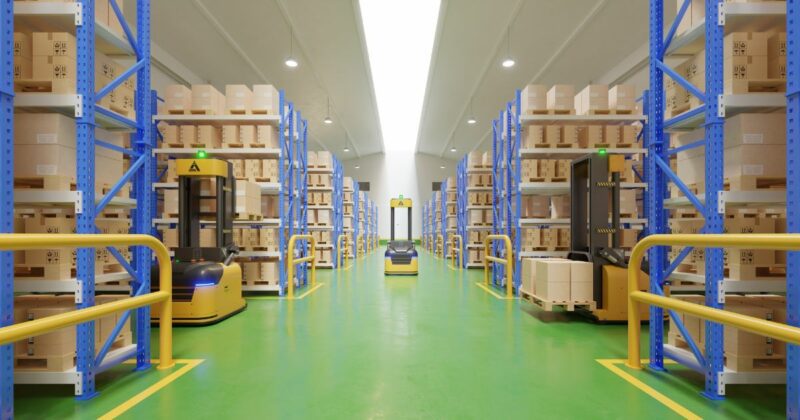
For the average person, warehouses may seem like giant storerooms full of stuff.
But for the logistics professional, the warehouse is much more than that. It is an essential part of the supply chain that needs to be carefully managed and optimized.
According to consulting giant McKinsey & Company, companies spend around €300 billion a year on warehousing globally. They also compared the highest-performing warehouses with global averages and found that most organizations have opportunities to find significant savings at the warehousing stage.
The key to keeping costs low and efficiency high is warehouse optimization. Here are three guiding principles to ensure that you make the most out of your warehouse.
Go with the flow
Warehouse layouts are often underestimated, even though they can make or break operations. A poor design contributes to damaged goods and even accidents. Companies would also have to contend with the hidden cost of reduced productivity.
An inefficient layout breeds unnecessary movement by workers and often sends them on a frustrating search mission around the warehouse for certain items. Referred to as motion waste, it is a silent consequence of a poor layout that goes under the radar.
To mitigate this problem, organize your goods based on the rate each product sells, also known as product velocity. Separating items by popularity – and having distinct dynamic and static storage areas – can make retrieving and shipping without errors easier and faster.
Before creating new layouts, consider using digital twins – a virtual replica – to assist with the planning. A digital twin allows you to pilot and experiment with different variables and see how they affect your workflow before spending the time and money to implement them in the flesh.
McKinsey found that this process can create revamped warehouse designs that resulted in a 20 to 25 percent improvement in efficiency.
A digital twin also allows companies to continuously improve their workflow with consistent data input, allowing them to easily spot and plug operational gaps.
Automate and digitalize
Warehouse optimization would not be possible without automation and big data. The rise of robots, sensors, and data analytics is allowing logistics operations to store and retrieve goods in the fastest possible combination, using smart analytics and artificial intelligence.
Besides using automated mobile robots to work alongside humans at warehouses to pick and transport goods, DHL also employs robot-picking cells. These stationary robots use machine vision technology to recognize packages of all shapes and sizes, enabling them to have a picking rate of 600 items per hour and free up time for humans to work on higher-value work.
According to Interact Analysis, 26 percent of warehouses are expected to be automated by 2027, from 14 percent a decade prior. Today, automation and digitalized warehouses are critical in moving supply chains to the next level.
Uncover potential
While automation is quickly becoming a must-have, it is also crucial to note the importance of upskilling and reskilling workers to accommodate the digital transformation.
A study by Singapore’s Manpower Ministry on the rise of Industry 4.0 showed that more than 36,000 workers in the logistics industry are experiencing changes in their job functions. The study noted that at least a medium degree of change in job tasks will require job redesign or undergo displacement.
This underscores the importance of devoting sufficient resources to upskill workers for a successful, automated future. The endgame is to utilize automation and machines to handle repetitive tasks, thus elevating and optimizing precious human resources.
When searching for ways to optimize warehouse operations, it might also be a good idea to turn to employees for suggestions. Logistics professionals, who are the company’s boots on the ground, may spot gaps within the workflow that their managers miss. This could, in turn, allow innovation to thrive, creating ground-up solutions that can improve efficiency and productivity.
The 1, 2, 3 of optimizing warehousing solutions
When it comes to warehouse optimization, the message is clear – focus on the workflow, keep up with the digital trends and tap into the potential of the people behind the operation.
By keeping these three guiding principles in mind, planning and executing warehouse operations will become smoother, with fewer hiccups, while boosting efficiency. The result will be a sophisticated, automated, and digitalized supply chain node.
ALSO WORTH READING

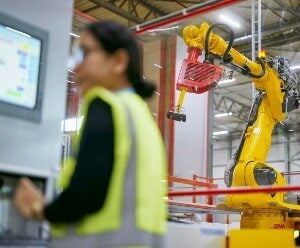
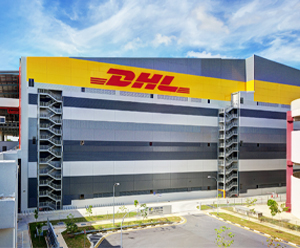

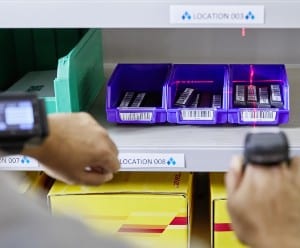


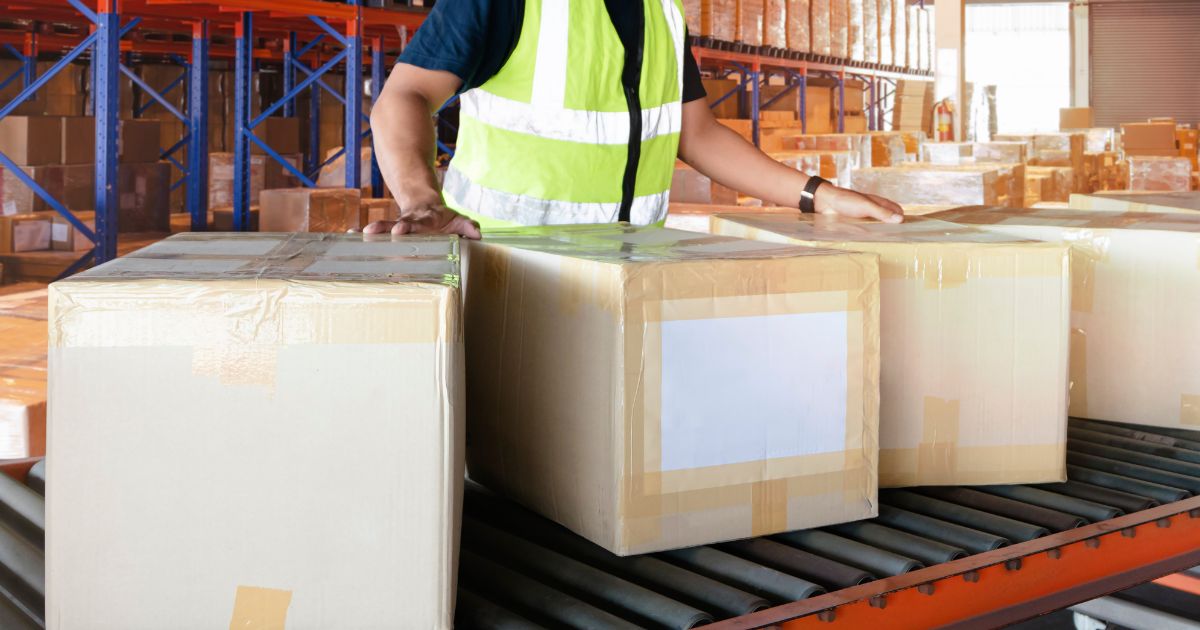

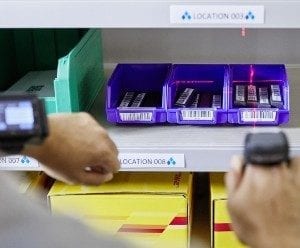





 English
English